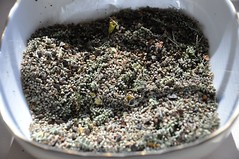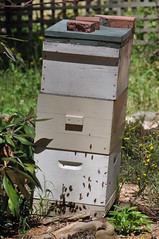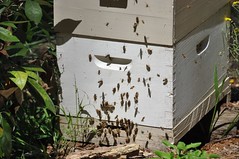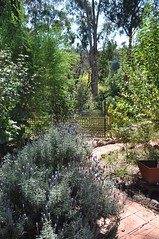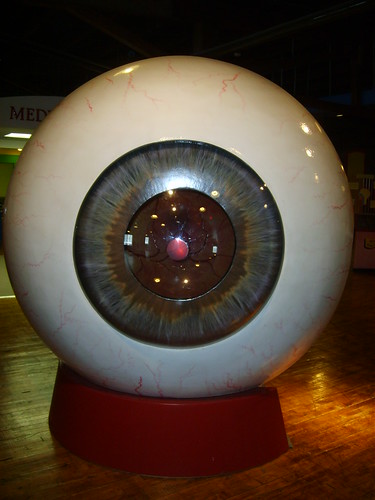- Awesome view of the #ISS flying over #Melbourne very bright indeed before going red and disappearing into Earth's shadow #
- Email from <1—mafia@sbcglobal.net> to say I have $85K money transfer – they need less descriptive email addresses 🙂 #
- At the dentist, back in 2 hours… #
- 12th April 2011 will be the 50th anniversary of human spaceflight – http://yurisnight.net/ #YurisNight #
- Apple seem happy to rate an app to "cure" gay people as 4+ (not objectionable) http://bit.ly/h6zqOk #homophobia #fail 🙁 #
- Hat tip to @ABCRampUp for that piece of Apple idiocy… 🙁 #
- Time for an early night I think, been a very busy day today… #
- Looks like Google is broken, claims "unusual traffic seen from this computer" when I try and get a cached page.. 🙁 #
- Epilepsy treatment: from gladiators to computers – Prof. Mark Cook speaks @ Melbourne Uni Tues 29/03 http://bit.ly/hoXX3M #
- In Angliss hospital with suspected gall stones, going to be transferred to Box Hill hospital tomorrow for MRI and surgery #
- Thanks all for the best wishes! #
- Now in Box Hill hospital ward 2 south, been MRI'd and waiting to hear what happens next! Thanks for the good wishes all! #
- Thanks to @a7ndrew for visiting and dropping off a get well card from the VPAC folks! #
- EPRC today, removed half the 6 stones in the bile duct, put in a stent to help it drain and will try for rest next week #
- Looks like I *may* get discharged tomorrow until the next EPRC. 🙂 #
- At least it took me to 41 years old before having an overnight stay in hospital! #
- Good news: discharged from hospital, back at home. Bad news: have to go back Monday 4th April for another ERCP #
- Just 445 new emails after 5 days in hospital in my work inbox, that's pretty good! Not going to try looking at them yet. #
Powered by Twitter Tools
NB: References to EPRC should have been ERCP, was still learning the lingo then.. 😉






